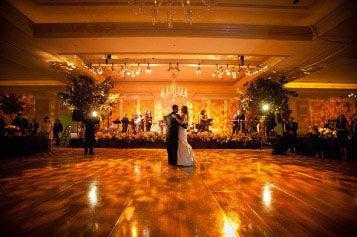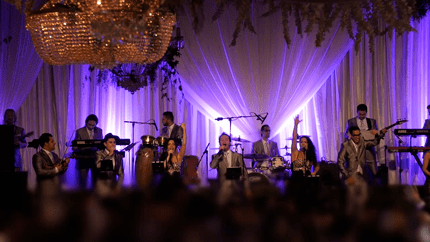A classical ensemble refers to a group of musicians who specialize in performing classical music. Classical music is a genre that encompasses a wide range of styles and compositions from the Baroque, Classical, Romantic, and Modern eras. Classical ensembles typically focus on performing instrumental compositions by renowned composers such as Bach, Mozart, Beethoven, Brahms, and numerous others.
The composition and size of a classical ensemble can vary depending on the specific repertoire and performance context. Here are a few common types of classical ensembles:
Symphony Orchestra: This is the largest and most well-known type of classical ensemble. It consists of multiple instrumental sections, including strings (violin, viola, cello, double bass), woodwinds (flute, oboe, clarinet, bassoon), brass (trumpet, French horn, trombone, tuba), and percussion. Symphony orchestras typically perform symphonies, concertos, and other large-scale orchestral works.
Chamber Orchestra: A chamber orchestra is a smaller ensemble than a symphony orchestra, typically ranging from 10 to 50 musicians. It often consists of one player per part, allowing for a more intimate and detailed performance of chamber music, symphonies, and concertos.
String Quartet: A string quartet is a chamber ensemble composed of two violins, a viola, and a cello. This compact ensemble is known for its versatility and ability to perform a wide range of classical repertoire, including string quartets, chamber music, and arrangements of orchestral works.
Wind Ensemble: Also known as a wind band or concert band, a wind ensemble primarily features wind and brass instruments, along with percussion. It typically performs symphonic band music, marches, wind serenades, and transcriptions of orchestral works.
Choir/Chorus: A classical choir or chorus consists of a group of singers who perform vocal compositions. They can perform a cappella (unaccompanied) or with instrumental accompaniment. Choral ensembles often specialize in vocal music such as masses, oratorios, motets, and other choral works.
These are just a few examples of classical ensembles, but there are numerous other configurations and variations, including piano trios, brass quintets, woodwind ensembles, and more. Classical ensembles can be found performing in concert halls, opera houses, churches, music festivals, and other venues dedicated to classical music. Their performances showcase the depth, complexity, and beauty of classical compositions, offering audiences a chance to appreciate the rich musical heritage of the genre.



